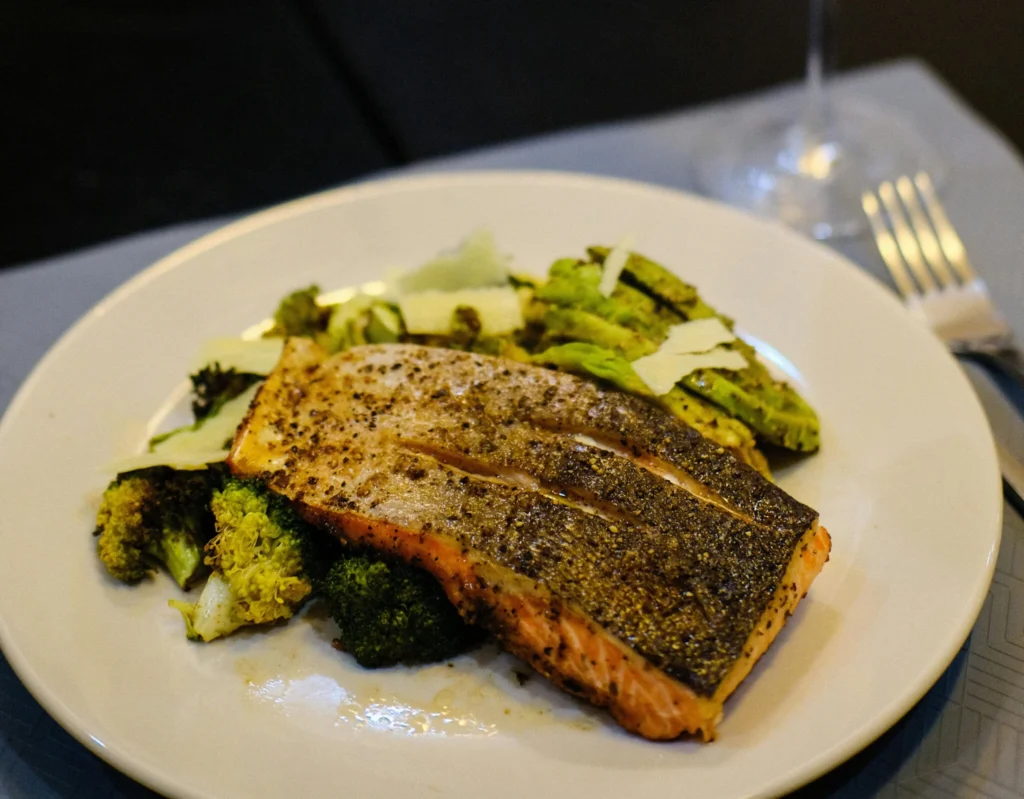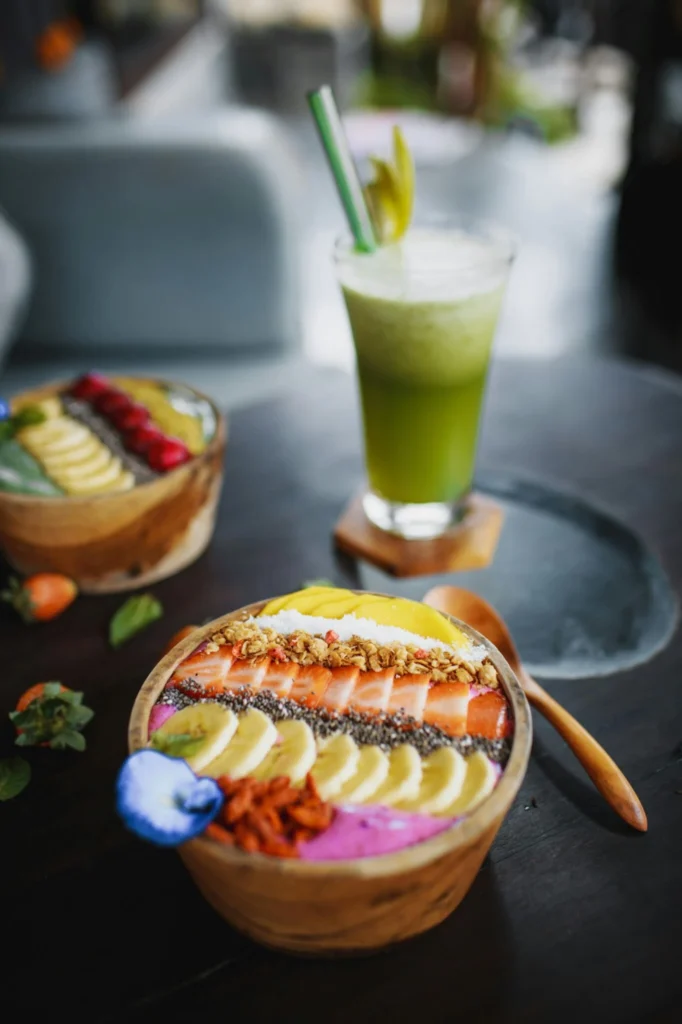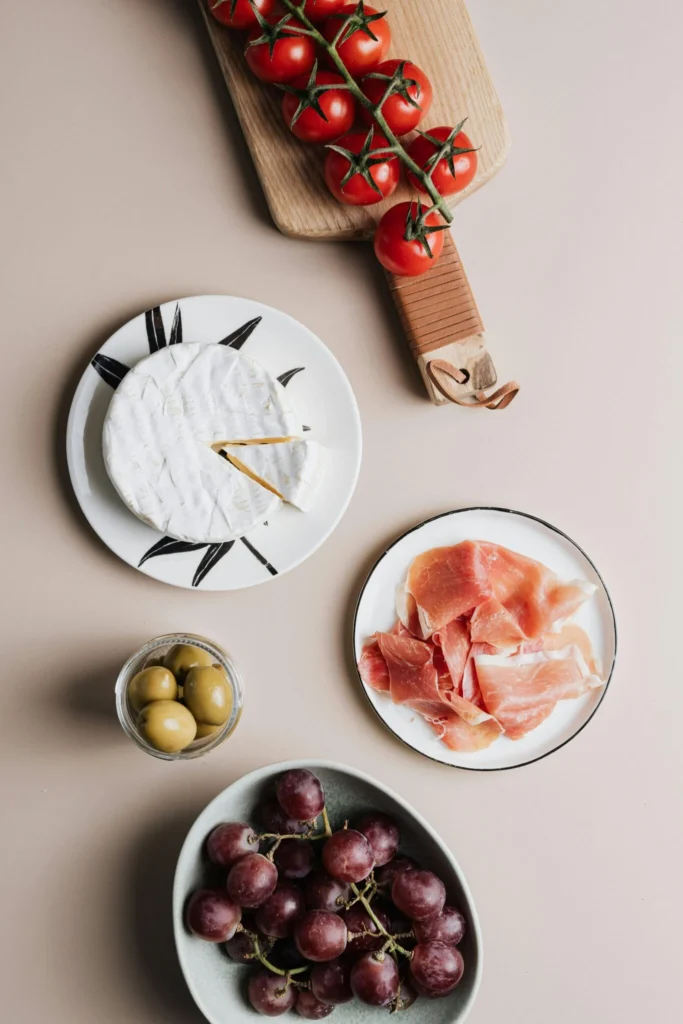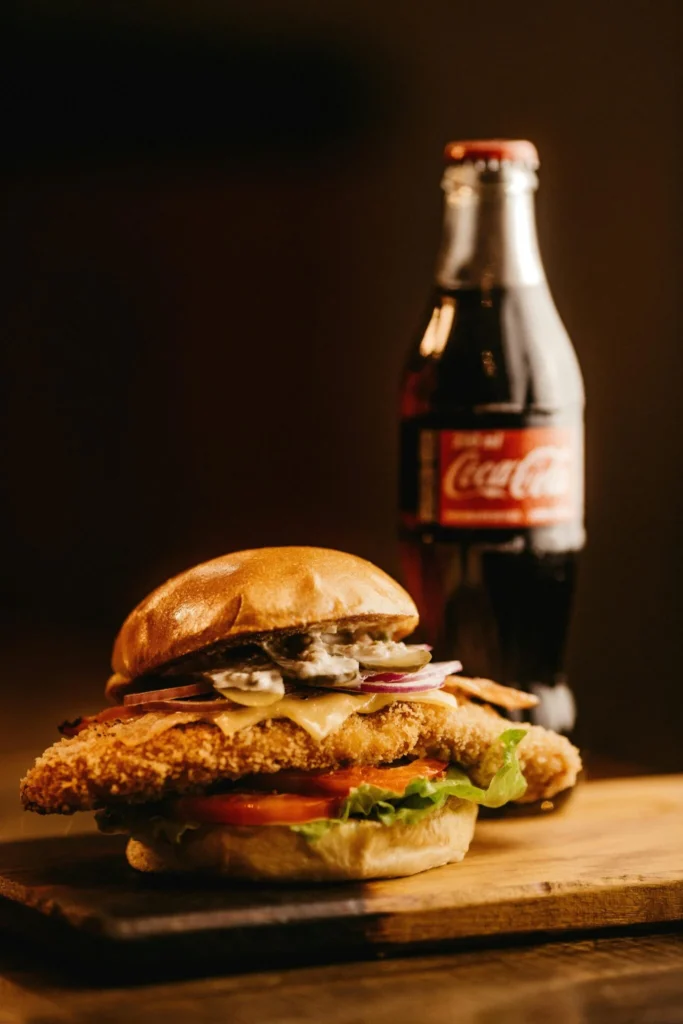After being diagnosed with NAFLD, the first major challenge for many people is adjusting to a new diet. It can feel overwhelming at first, but once we start letting go of unhealthy habits, it’s important to remember that change is a process — and it becomes easier and more natural over time.
With that in mind, here’s a simple, science-backed breakdown of what to eat freely, what to limit, and what to avoid completely if you’re living with NAFLD. Your liver will thank you — and every small step counts.
Eat Freely – Liver-Supporting Foods
- Leafy greens like spinach, kale, and chard support detoxification and reduce oxidative stress[1].
- Cruciferous vegetables (broccoli, cauliflower, Brussels sprouts) contain sulforaphane, which activates liver detox enzymes[2].
- Fatty fish like salmon and sardines are rich in omega-3s that reduce liver fat and triglycerides[3].
- Whole grains (oats, quinoa, buckwheat) help regulate blood sugar and support metabolic health[4].
- Herbal teas like milk thistle, green tea, turmeric, and dandelion root protect liver cells[5].
- Extra virgin olive oil reduces liver fat and inflammation[6].
- Flax and chia seeds provide ALA omega-3s and fiber for lipid metabolism[7].

Eat in Moderation – Safe, But Watch Your Portions
- Fruits contain vitamins and fiber, but also fructose — limit to 1–2 servings/day[8].
- Whole wheat bread and pasta are better than refined carbs, but still raise blood sugar[9].
- Low-fat dairy like yogurt or kefir offers probiotics, but lactose may promote liver fat[10].
- Boiled potatoes or brown rice offer complex carbs — just keep portions reasonable[11].
- Eggs are nutritious; limit yolks to 2–3 per week due to cholesterol[12].
- Avocado is healthy but calorie-dense — up to half a fruit per day[13].
- Dark chocolate (85%+) in small amounts may lower inflammation[14].

Eat Rarely – Occasional Use Only
- Cheese, especially full-fat, adds saturated fat and salt — enjoy rarely[15].
- Red meat may increase oxidative stress and worsen liver markers[16].
- White bread and pastries rapidly spike blood sugar and feed liver fat[17].
- Fruit juices and dried fruits lack fiber and pack in concentrated sugar[18].
- Microwave popcorn often contains trans fats and artificial additives[19].
- Coffee with cream/sugar undoes benefits of plain black coffee[20].

Avoid Completely – Harmful to the Liver!
- Fried and fast foods are loaded with inflammatory trans and saturated fats[21].
- Sugary drinks like soda and energy drinks drive fat production in the liver[22].
- Alcohol — even moderate — worsens liver inflammation and disease progression[23].
- Processed meats like bacon and sausages contain sodium, preservatives, and fat[24].
- Margarine, mayo, and bottled dressings are high in trans fats and emulsifiers[25].
- Artificial sweeteners may disrupt gut bacteria and insulin signaling[26].

Final Tips
- Drink plenty of water (2–2.5L daily)
- Focus on whole foods with simple ingredients
- Small changes over time make a huge difference
- One bad meal won’t destroy your progress — just don’t make it a habit
References
- Chlorophyll and Liver Health – PMC
- Sulforaphane and Liver Detox – PMC
- Omega-3 in NAFLD – PMC
- Whole Grains and Insulin Sensitivity – PMC
- Herbs for Liver – Healthline
- Olive Oil and Liver Fat – PMC
- ALA Omega-3 Benefits – PMC
- Fruit and NAFLD – Clean Eating
- Guide to Eating for NAFLD – BCM
- Kefir and Liver – HealthMatch
- Potatoes and Blood Sugar – WebMD
- Eggs and Lipids – PMC
- Avocado Nutrient Profile – PMC
- Dark Chocolate and Inflammation – PMC
- Cheese and Saturated Fat – EatingWell
- Red Meat and Liver – Healthline
- Refined Carbs – Summit Health
- Juice vs. Whole Fruit – MNT
- Microwave Popcorn and Trans Fats – Felix Hospital
- Coffee Add-ins – Summit Health
- Fried Foods – Summit Health
- Fructose and NAFLD – PMC
- Alcohol and Liver – Healthline
- Processed Meat – Healthline
- Trans Fats in Margarine – Felix Hospital
- Artificial Sweeteners – Summit Health
